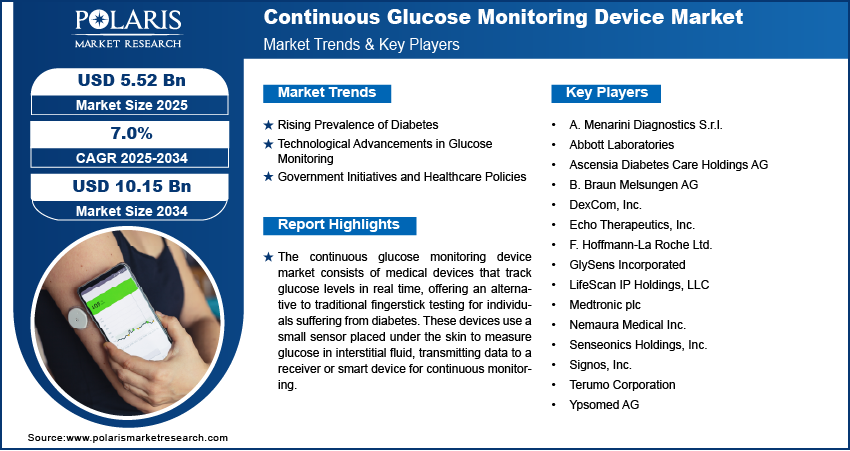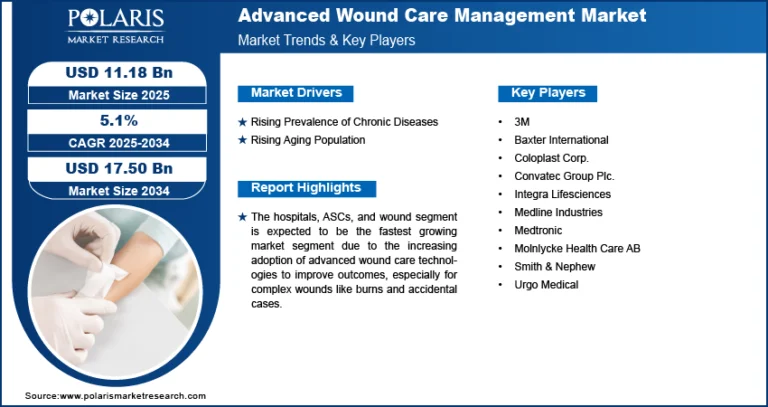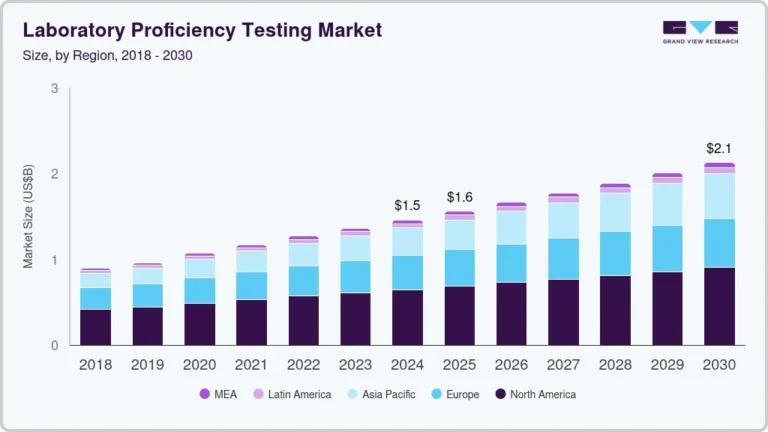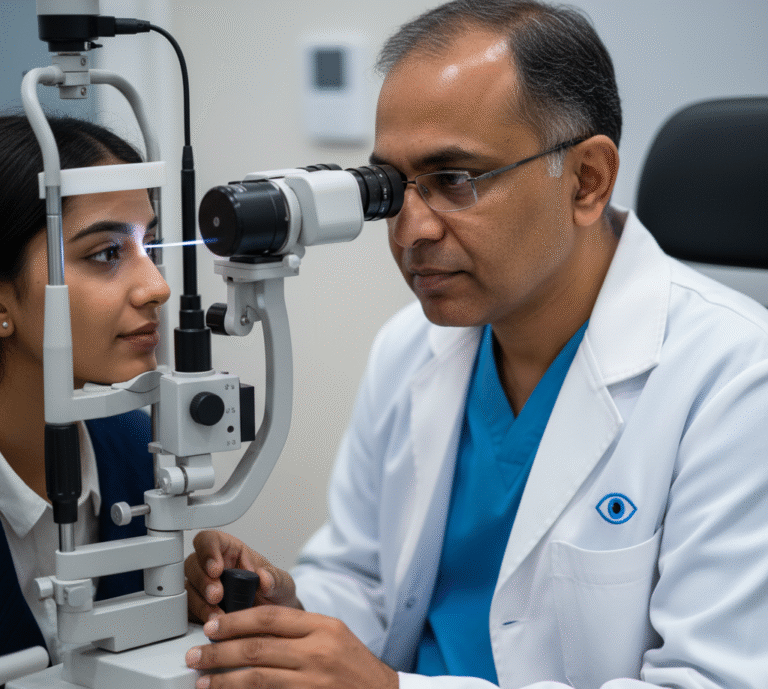Continuous Glucose Monitoring Device Market to Reach USD 10.15 Billion by 2034, at a CAGR of 7.0%

Market Overview
Continuous glucose monitoring (CGM) devices provide real-time data on glucose levels by measuring interstitial fluid, offering significant advantages over traditional blood glucose monitoring methods. These devices typically include a sensor, transmitter, and a receiver or smartphone for data display. CGMs are especially beneficial for people with Type 1 and Type 2 diabetes, enabling better glucose control, reducing complications, and improving quality of life. As awareness of diabetes management increases, and healthcare shifts toward preventive care and digital health, CGM adoption is rising rapidly across the globe.
Continuous Glucose Monitoring Device Market Trends & Insights
-
Expansion to Non-Insulin Users: CGMs are no longer restricted to people using insulin. New over-the-counter CGMs are targeting Type 2 diabetics and general wellness users, such as athletes and fitness enthusiasts.
-
Integration with Wearables and Smart Devices: Seamless pairing with smartphones, smartwatches, and fitness trackers is making CGMs more user-friendly and accessible. Real-time alerts and analytics enhance self-management and provider oversight.
-
Advancements in Sensor Technology: New CGM models offer longer wear times (up to 14 days or more), improved accuracy, and fewer calibration requirements. Research into non-invasive sensors continues to gain traction.
-
Personalized and Predictive Analytics: AI and machine learning are being incorporated into CGM platforms, offering predictive alerts and glucose trend forecasts for better decision-making.
-
Growing Popularity in Sports & Fitness: Athletes are using CGMs to monitor how their glucose levels respond to food, exercise, and stress, helping optimize performance and recovery.
Market Size & Forecast
Market size value in 2025 USD – 5.52 billion
Revenue forecast in 2034 USD – 10.15 billion
CAGR – 7.0% from 2025 – 2034
Request for Free Sample: https://www.polarismarketresearch.com/industry-analysis/continuous-glucose-monitoring-market/request-for-sample
Key Market Growth Drivers
-
Rising Global Diabetes Burden: Increasing cases of both Type 1 and Type 2 diabetes worldwide are driving demand for advanced, real-time glucose monitoring tools.
-
Technological Innovations: The ongoing development of smaller, more accurate, and longer-lasting sensors is expanding user adoption.
-
Remote Health Monitoring: CGMs are ideal for telehealth platforms, allowing clinicians to monitor patients’ glucose levels remotely and adjust treatment in real-time.
-
Preventive Healthcare Trends: Rising awareness of the benefits of glucose monitoring for early intervention and lifestyle management is attracting non-diabetic users.
-
Policy Support and Reimbursement Expansion: Growing insurance coverage and regulatory approvals are making CGMs more accessible in many regions.
Market Challenges
-
High Cost of Devices and Sensors: The recurring expense of CGM sensors remains a barrier for many, especially in regions with limited reimbursement options.
-
Reimbursement Gaps: Coverage varies widely by country and insurance provider, limiting access for certain populations.
-
Data Privacy and Security Concerns: As CGMs become more connected, protecting sensitive health data from breaches is an increasing priority.
-
Accuracy and Lag Time: Although CGMs have improved, they still have a slight lag in reflecting real-time blood glucose, which can be critical during rapid glucose changes.
-
Limited Awareness in Developing Regions: Many low- and middle-income countries still lack adequate awareness, infrastructure, and affordability to support CGM use at scale.
Conclusion
The continuous glucose monitoring device market is set for robust growth through the next decade, driven by rising chronic disease prevalence, evolving consumer preferences, and digital health integration. Overcoming cost barriers, improving accessibility, and further refining sensor accuracy will be crucial for maximizing the market’s full potential.






